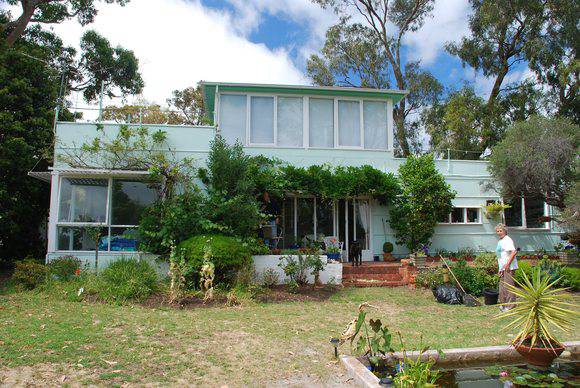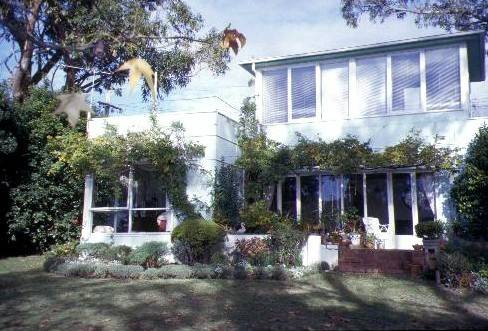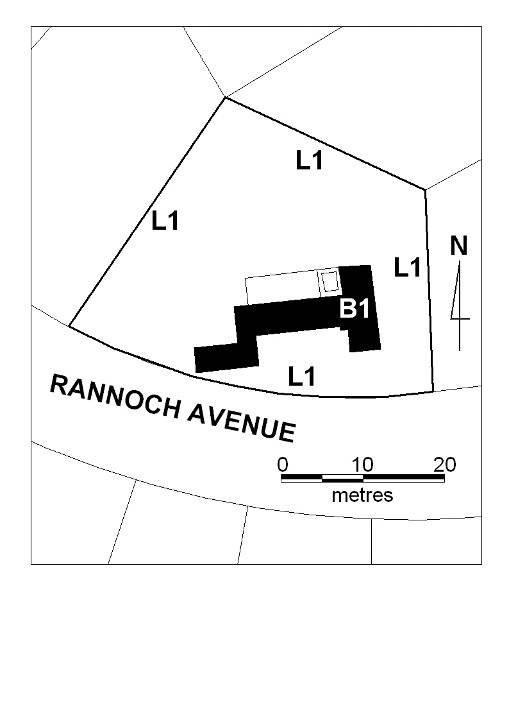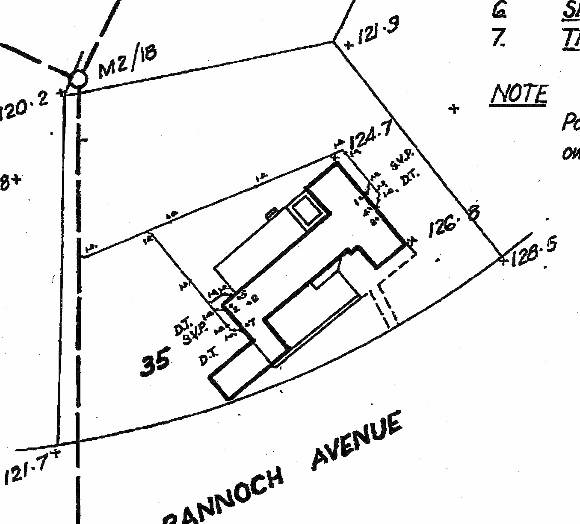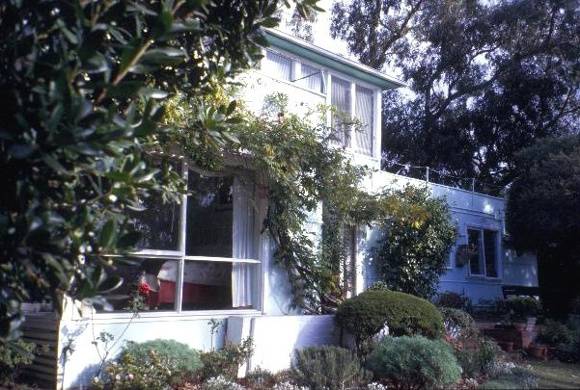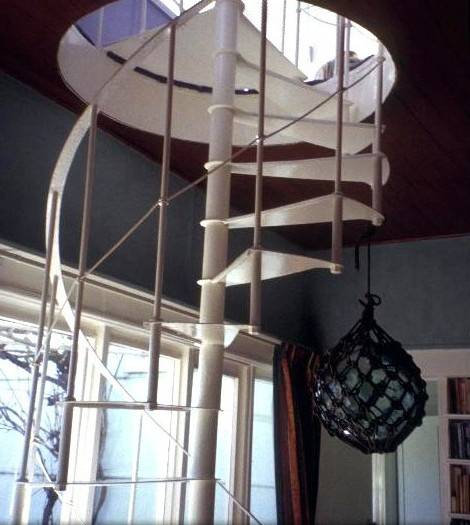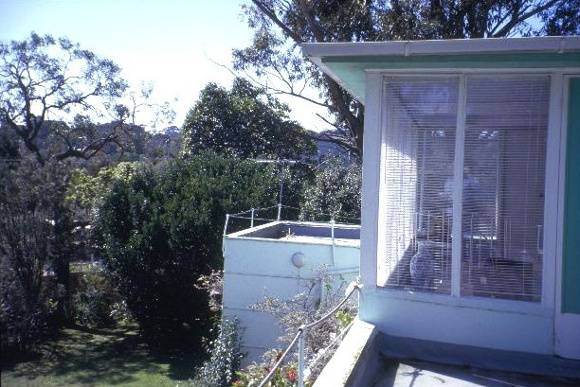| Back to search results » | Back to search page » |
|
THE SHIP
Statement of Significance
What is significant?
The Ship was designed by Roy Grounds for his own family while he was working in association with Geoffrey Mewton, shortly after both had returned from visits to Europe and America. The seaside cottage was to be located on a north-facing site overlooking Port Phillip in the Ranelagh Estate at Mt Eliza. The Ship was designed as early as 1933, and before it was built was hailed in the magazine Home Beautiful in 1934 as an economical design, made up of prefabricated units in modern materials. It would be planned to meet modern needs with largely built in furniture.
The house featured again in Home Beautiful in 1936 and was described as the 'Ship aground at Ranelagh', which may be the origin of the current name. The Ship as built in 1934/35 shows no prefabrication but rather is of conventional timber frame construction. Nonetheless it clearly displays a number of features derived from the European International/Functional style. The smooth white walls of fibrous cement serve as the 'taut skin', and are given horizontal emphasis by the rounded cover strips. The low flat roofs, possibly a first in small scale domestic construction in the State, were originally decked in Malthoid. The nautical theme is most obvious in the massing which suggests a large motor launch, with the sleep-out as a 'bridge'. The decks to the fore and rear of the 'bridge' have ship like rails and awning, and portholes (now removed) punctuate the 'hull' below. Otherwise the fenestration is dominated by the verticals of the mullions which follow the module of the timber frame. Windows of the smaller rooms are timber casements grouped on the corners. The living room features a long bank of French doors opposite the distinctive wide striped front door, which is a signature of Mewton & Grounds' work. The built in furniture amounts to various shelves, wardrobes and cupboards, a brick 'sofa' next to the simple brick fireplace and the bed in the master bedroom (since removed).
The influence of Willem Dudok shows in the stepped entrance alcove and the fireplace and chimney of white painted brickwork with deep raked horizontal joints. The influence of William Wurster shows in the planning, where the principal spaces are single room width rectangles butted together according to function, and also with a view to creating protected outdoor courts. The main internal space of The Ship combines living, dining and circulation functions with access off this space to kitchen, both bedrooms, and via a light metal spiral staircase, the glassed in sunroom with roof deck access.
How is it significant?
The Ship is of architectural significance to the State of Victoria.
Why is it significant?
The Ship is of architectural significance as one the first, and one of the earliest remaining, residences in Victoria in which the principles of the International/Functionalist style were applied in the inter-war period. The Ship, both as concept and as built, has been consistently accorded ground breaking status in this style by a number of architectural historians and critics beginning with Robin Boyd in Victorian Modern in 1947and subsequently by J.M. Freeland, Conrad Hamann and Philip Goad.
The Ship is of architectural significance as a singular work in the output of Mewton and Grounds, who were among the earliest architects in the State to work exclusively in the new modern idioms. The Ship stands out from the other two main streams of their work, dominated by the influence on Mewton of Willem Dudok, and on Grounds of William Wurster respectively. The Ship shows some influences from both of those strands. However, of their works The Ship adheres most closely to the European International/Functionalist style connected with Gropius and Corbusier, particularly in the representation of a taut skin over a regular frame.
The Ship is of architectural significance as the earliest readily recognisable pre WWII example of the International Style in a residence in the Mornington Peninsula, a region which was after the war to be renowned for the enthusiastic adoption of progressive styles in domestic architecture.
Group
Residential buildings (private)
Category
House


